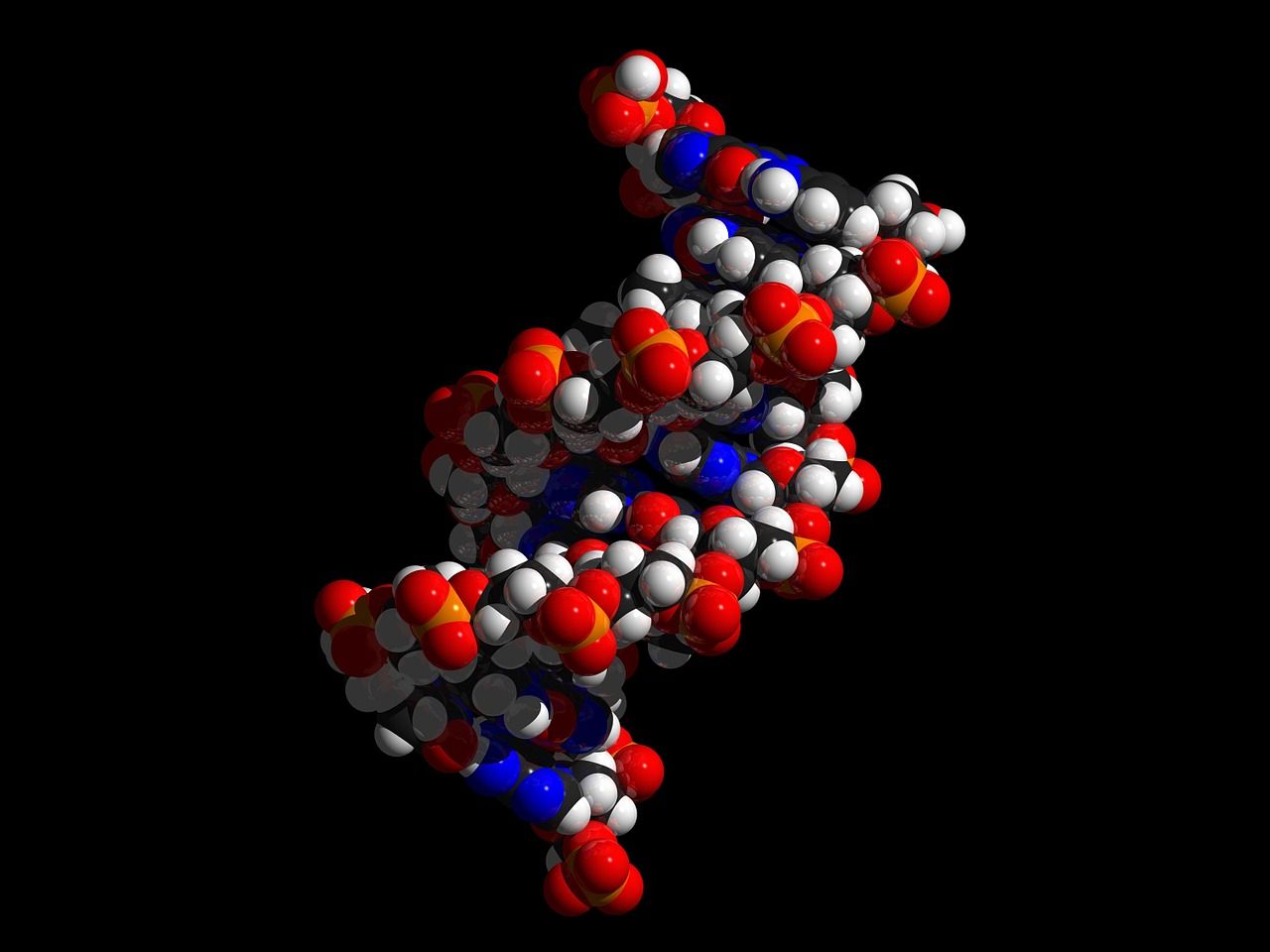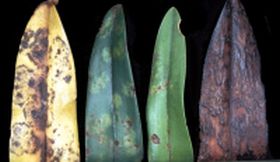
Some things may be associated with life, but the question remains: are they alive?
Without turning this into a deeply scientific or philosophical discussion, an interesting question to ask in the proper context might be: Are they alive? We will consider a few examples of when this question might be appropriate.
- Is DNA alive?
- Do viruses live?
- Are an egg and a sperm alive before conception?
Arguing the Case: One

The DNA (deoxyribonucleic acid) molecule is a complex chemical species that varies considerably, but shares a basic commonality in whichever life form it constitutes a part. Thus the DNA of a frog is similar to the DNA of an ox, is similar to the DNA of a human. Yet each form of DNA is sufficiently different that it is the single substance that defines the identity of each life form. For more chemical information concerning DNA, see Chemistry and DNA: The Staircase of Life.
DNA, with the assistance of other substances within the cell, multiplies – producing exact copies of itself.
The organism, without DNA, cannot live.
Arguing the Case: Two

Viruses are complex, tiny, encapsulated agents that penetrate living cells. They frequently consist of a nucleic acid inside a protein coat. These, too, multiply within the cell – in this case, the cell of the host – producing exact copies of themselves that then infect other cells.
The spreading throughout a victim’s body suggests movement, motility. This, in turn, suggests life. But do movement and the ability to multiply in and of themselves categorize viruses as living?
Arguing the Case: Three
It has been said, and rightly so, “life comes from life.” A mature living organism comes from a sperm-fertilized egg – a zygote – both the sperm and the egg being gametes. Since the zygote is a living entity, should both eggs and sperm and eggs likewise be considered alive? After all, they are part of the reproductive process – multiplication. In addition, sperm is motile.

Throw Case One Out of Court
DNA is not mobile, it does not engage in respiration, and it can do nothing outside the cell, including multiply. This is an easy case to throw out of court. Although it is essential to life, just as water is essential to life, as is the case for water, it is not alive by itself.
Now to Case Two
Although some may not agree, case two should also be thrown out of court. Viruses more closely resemble a chemical compound than a biological entity. For instance, the tobacco mosaic virus can be crystallized! Want to see this? Here is a NASA photo of one such crystal.
Viruses do not move; they do not multiply; they do nothing at all – apart from a host cell. They do not “stand” on their own. They don’t ingest. There are no structures for photosynthesis. Viruses are neither plant nor animal.
Case Three No Contest
At the most, an egg and a sperm are viable for approximately 24 hours. During that time, they do not ingest, they do not excrete and they do not multiply (others like themselves). The closest they come to being alive is the movement the sperm makes in attempting to fertilize the egg. In all fairness, the egg and the sperm come about as close to life without being life as happens in nature.
In Conclusion – Are They Alive?
Upon reflection, clearly not one of the aforementioned items is alive in itself. When one is inclined to make an important claim, it is good to sit down, take a deep breath, have a cup of coffee, and consider the facts from a variety of perspectives. Then a rational perspective may be achieved.
Note: You might also enjoy Are Leaves Alive?

Very interesting. While I had heard the case for viruses not being “alive”, I had never heard anyone try to make a case for DNA itself, or Eggs and Sperm being themselves alive. As you point out, by using the seven characteristics of life (movement, growth, respiration, ingestion, excretion, reproduction and irritability) it is possible to determine whether any particular item is living or not.
Your comment is much appreciated and is first-rate. Thanks for visiting.
Viruses do not multiply? Then how do they infect the body? I assumed (I know, bad word) that once the virus entered the body it replicated and spread.
The article does indicate that, inside the host cell, it multiplies. It does NOT multiply outside the host cell. Hence, it does not multiply on its own.
I agree with your analysis. Although the three things you mention can either affect changes in life or lead to the development of conception of life as in the sperm and the egg for the process of initial conception of life, the definition of life [requires much more than] the precursors [themselves are].
Am I the only one who sees the irony in a guy who once lived as a sperm claiming sperm don’t live? They’re an integral part of our life cycle.
Sorry, but I never lived as a sperm. No more than I lived as an egg. It took the two to come alive.
Your argument for gametes is problematic. That they do not multiply to make others like themselves is a non-argument, since that’s the standard case for differentiated cells. They very much do multiply, though like other cells often asymmetrically, up to the final meiosis.
For much of the same reason, citing motility as an aspect is also questionable – with the exception of blood cells, the movement of differentiated cells is often limited to traveling from their stem cell to where they are needed. BOTH types of gametes are highly motile compared to your average cell.
Your statement about the lifespan of gametes is also inaccurate – you are referring to their lifespan post-release, but the cells have been around longer than that.
They do have a metabolism, which to me sounds like a much more relevant characteristic than any you cite. They are cells, and as such, to me there is no reason not to consider them alive – that they are haploid is a curiosity special to their specific task.